September 1951 found the United States embroiled once again in a conflict far away from its home shores. Harry S Truman was the President and he held a televised transcontinental news conference on the new medium of Television to discuss the official surrender of Japan at the Japanese Peace Treaty Conference.
September 4, 1951 – The first national live television broadcast in the U.S. took place when President Harry Truman’s speech at the Japanese Peace Treaty Conference in San Francisco, California was transmitted over AT&T’s transcontinental cable and microwave radio relay system to broadcast stations in local markets.
On Sept. 4, the largest single television audience to date – estimated at more than 30 million people – saw and heard President Harry Truman open the Japanese Peace Treaty Conference in San Francisco. The nation’s first coast-to-coast telecast, this broadcast was made possible when AT&T met a U.S. State Department request to advance the TV opening of the new system by a month.
The historic program went off without a hitch. The New York Times reported that “the image reproduced on screens in the New York area, nearly 3,000 miles from the scene, had excellent clarity and compared favorably with programs of local origin. The contrast was of first-rate quality and there was no distortion.”
In other parts of the world: The USSR announces the testing of an above ground nuclear device as the Korean conflict stretches into its second year.
The United States is facing an increasing threat from the Soviet Navy in the form of submarines that were captured from the Germans at the completion of the last war. Many of these are snorkel equipped and reports from Europe are that the Soviets are venturing further and further into blue waters with their fleet.
The answer for America has always been to have a weapons system that matches or exceeds the threats whether they are real or perceived. The single most effective weapon against enemy shipping in the past war was the submarine service. But the submarine service relied on stealth and secrecy. So advertising the way we conducted that type of warfare for the purpose of gaining public support while maintaining operational secrecy was always a dichotomy.
Today’s article comes from the September 23, 1951 Washington Evening Star. While partially inaccurate, it does give a pretty good picture of submarine training. If nothing else, it’s another look at the life that many of us lived in our own times.
The Silent Service – 1951
Washington Evening star. September 23, 1951,
The modern submarine is a deadly, ingenious and effective ship of war. Per square inch, there is more science packed into it than into any other warcraft. Recognized as a legitimate war instrument since the Civil War, it has been used for many and varied missions. Aside from primary combat duties, the submarine can perform supplementary missions of rescue, scout, coastal raider, troop transport, supply ship, mine layer, emergency evacuation ship and advance fueling base for long-range planes.
The torpedo, its major weapon can be discharged from any of the boat’s 10 tubes, and a single hit could cripple or sink the mightiest warcraft afloat.
During World War II. Submarines of the United States Navy destroyed 214 Japanese naval vessels and 1,178 merchant vessels of 500 or more gross tons.
Comprising less than 2 per cent of the Navy’s total personnel during World War II, submariners accounted for two thirds of all enemy ship losses.
Back of this record is the story of training at the submarine base on the Thames River near New London. Conn. Practically all the officers and men who wear the “Twin Dolphin” insigne of the qualified submariner receive their initial training at this school. All volunteer for this duty and few have any desire for a change after earning their “dolphins.”
A submarine is an intricate piece of machinery built with the precision of the watchmaker’s art. Consequently, the would-be submariner must be an emotionally mature individual who can exercise good judgment, keep his head in emergencies, be reliable in the performance of his duties, and accept the confinement of submarine life without becoming a liability to the rest of the men.
After qualifying, enlisted personnel receive eight weeks of basic training in appropriate subjects. Instruction in classrooms and training devices, coupled with stints aboard a “live” sub form a sound foundation in undersea warfare fundamentals. An enlisted man who graduates from school and reports to his first “pig-boat” is not a finished submarine sailor. There is a great deal for him to learn about his special rating, as well as the detailed workings of the submarine itself. After six months aboard, he rates an entry in his service record which states that he is “Qualified in Submarines.” With the building of newer and more complex vessels, the submarine will become an even more formidable weapon. By nature of its operations, the submarine service is shrouded in secrecy. As a result, it has long been known as “The Silent Service.”
Mister Mac
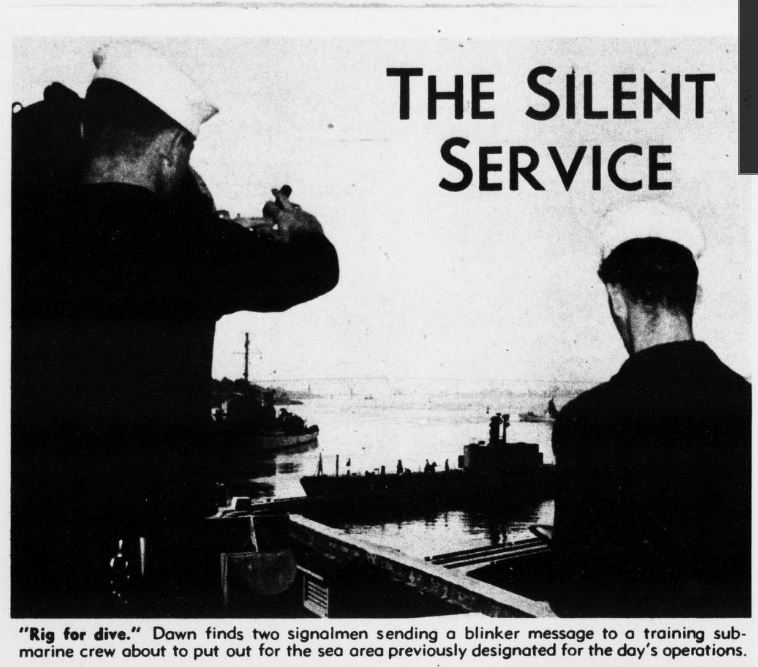
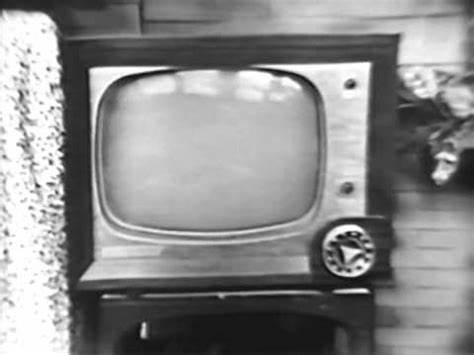

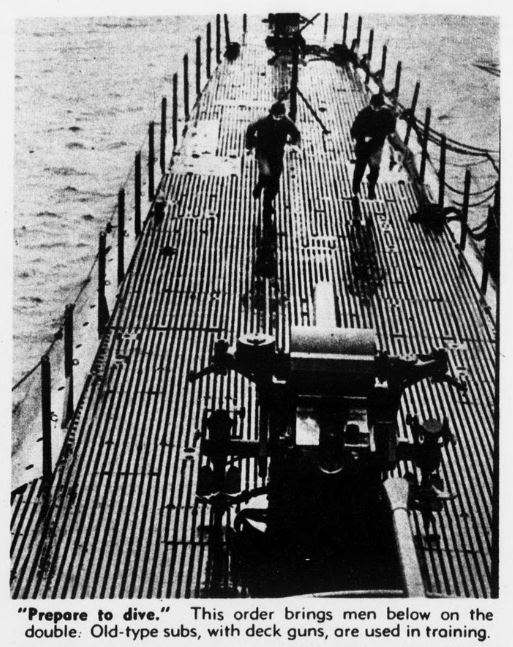

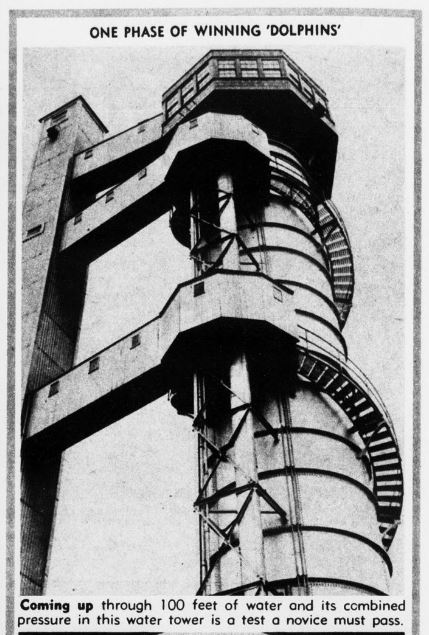
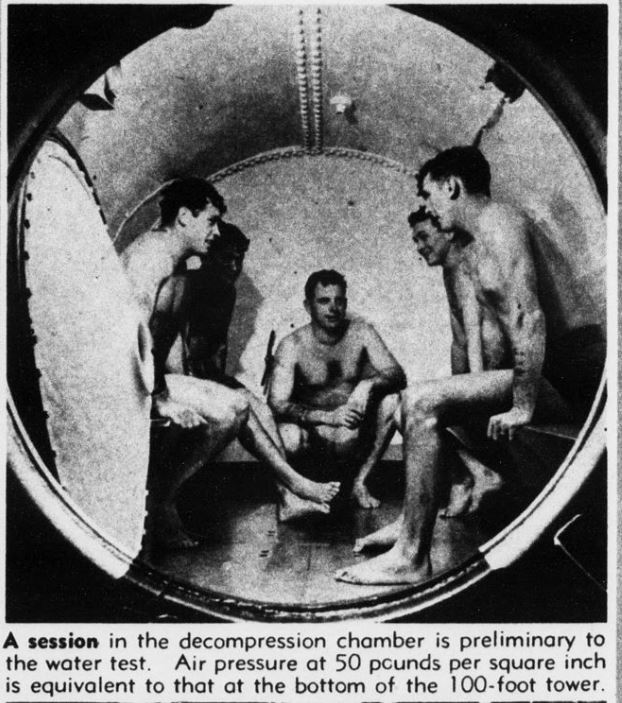
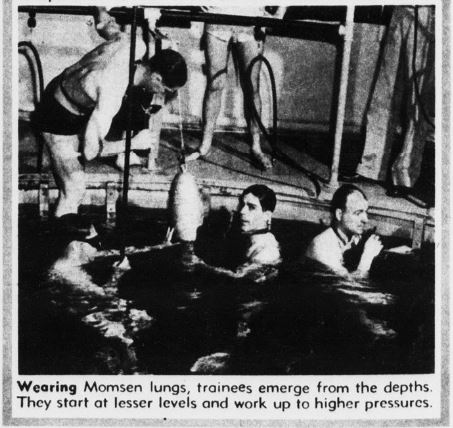
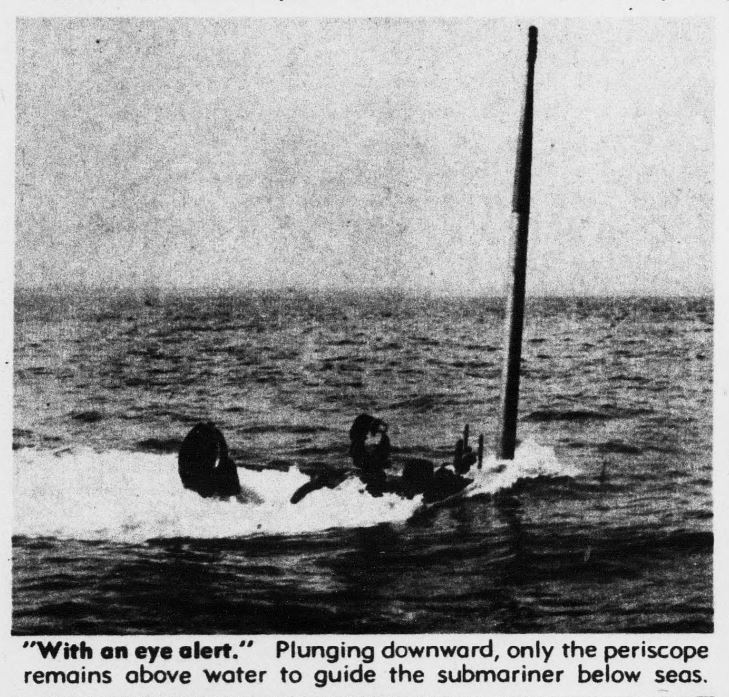
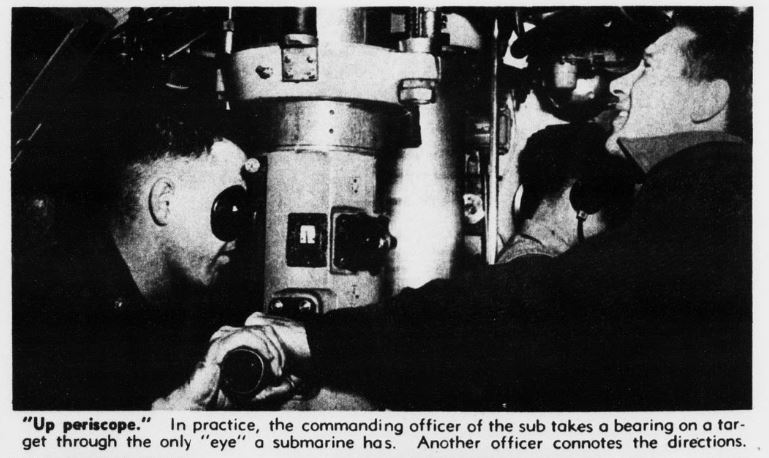

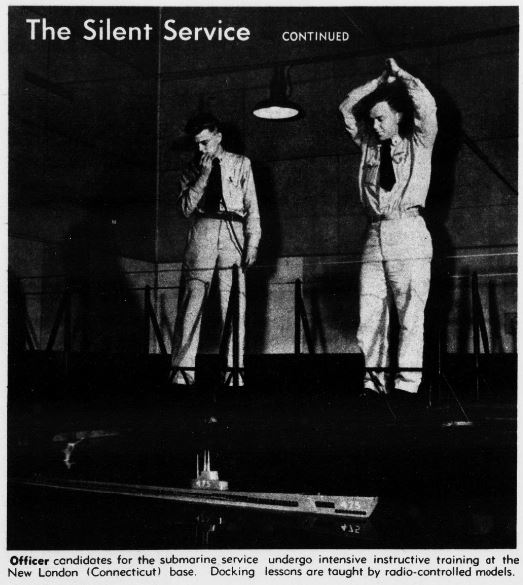
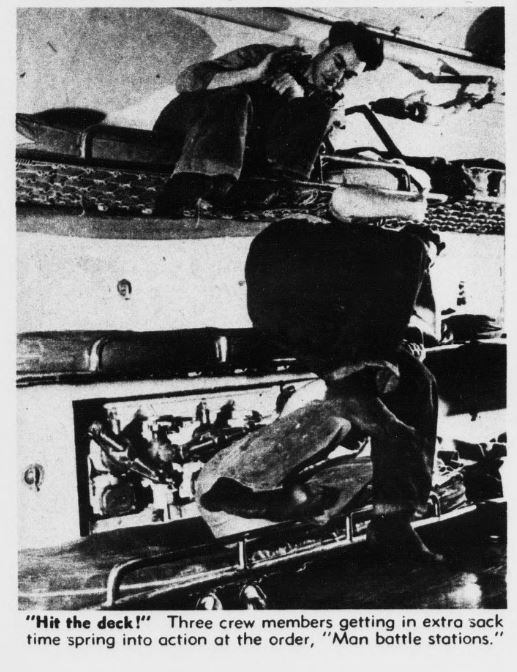
A fascinating post. My uncle, Delbert G. Wilson, ran an Attack Teacher at New London in 1945. https://joynealkidney.com/2018/04/16/delbert-wilson-submarine-attack-teacher/
outstanding article. Thanks.
This was my time..Boot camp late 1951…Sub School mid 1952..USS Greenfish SS351 1952 to 1954…Qualed 1953 on the Greenfish…some of the best years of my young life!!!
I did not attend sub school but went to the boats in Jan. 1960 and qualified on the USS Atule SS 403 Key West Fla.
Sub Scool in 1962. We did “Blow and Go” from the 50 foot level of the escape tank.Trained on diesel boats , but went to nuke school and qualified on USS George Bancroft SSBN 643 (Gold).
I was on one of the last of the Pig Boats. USS Pickerel SS 524 1972
Pickerel has a great history. From 16 March to 5 April 1950, Pickerel completed a 5,200-mile (8,370 km) voyage from Hong Kong to Pearl Harbor in 21 days while completely submerged, probably the longest distance ever traveled by a submerged diesel-electric submarine. During her first deployment in the Western Pacific in 1950, Pickerel spent four months in the Korean War zone, one of the first submarines to enter the Korean War.
Thanks for checking in and thanks for your service
Mac
Great article. I graduated from Sub school in May of 1967. The escape training in the diving tank was like an E ticket ride at Disney Land. I qualified on the USS Haddock SSN-621. Earning my Dolphins was the best thing that ever happened. It gave me a perhaps dangerous sense of self confidence that has served me well ever since.
Thanks for the feedback Stephen. I concur about the value and worth of those Dolphins I so proudly wear. Sometimes I look around and see the shallowness and what passes for achievements in this crazy world. Nothing short of the heroic deeds of our brothers in arms comes even close/
Mac